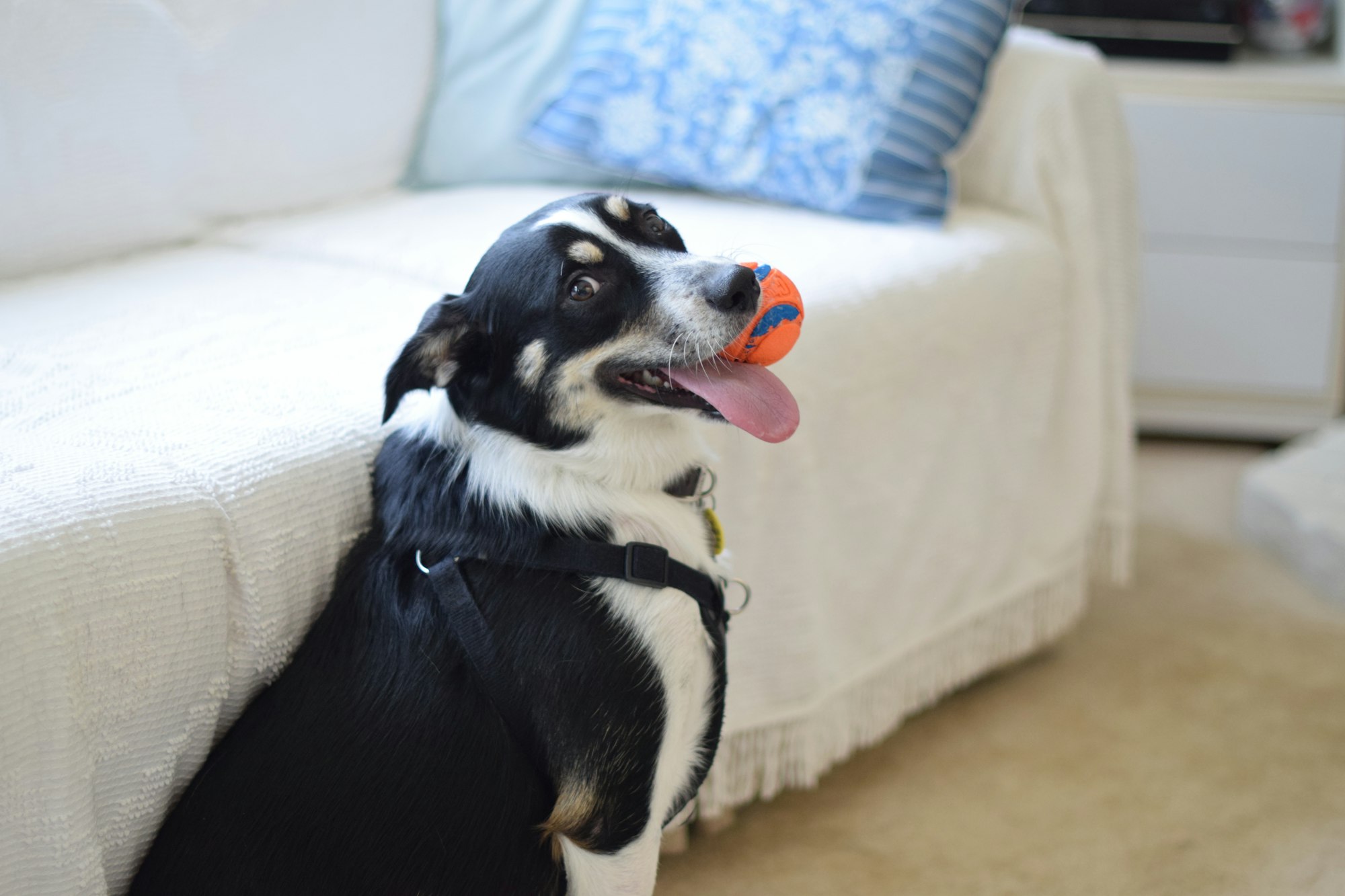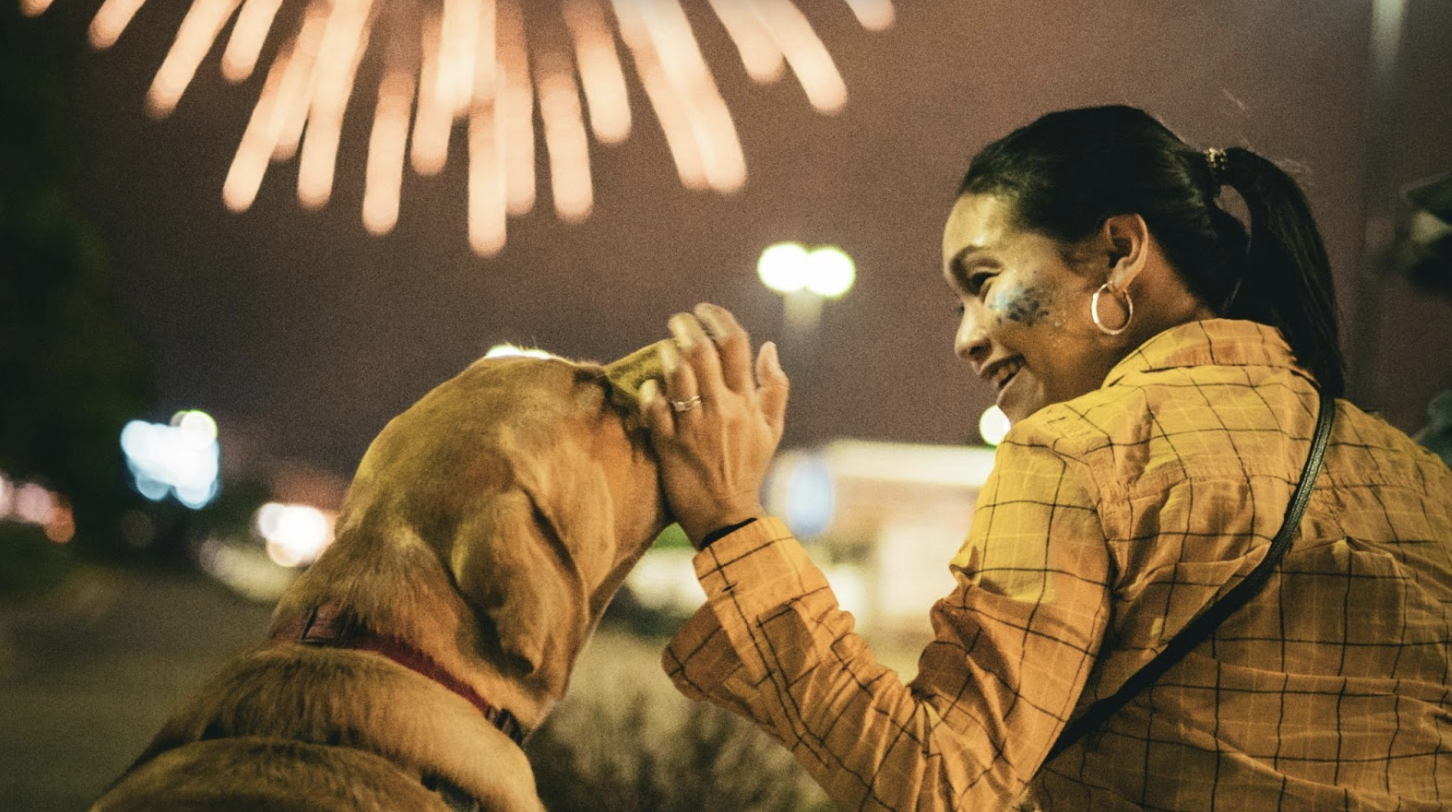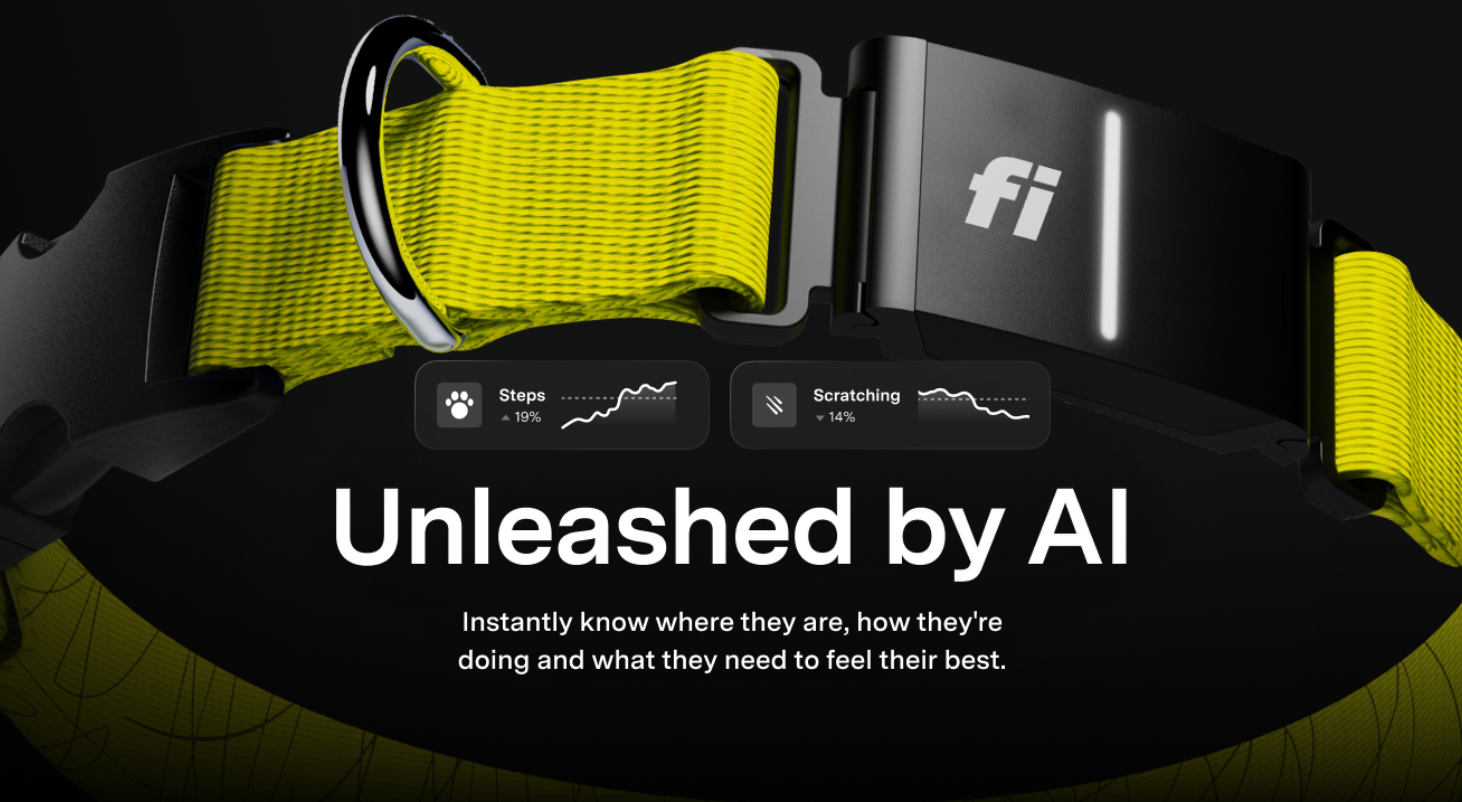When you walk through the front door after a long day, your dog greets you with an enthusiastic display of excitement. But why does your furry friend often grab a toy in their mouth while wagging their tail furiously? This behavior is known as redirected excitement, and it stems from various underlying factors in a dog's instincts and behaviors.
Redirected excitement occurs when a dog becomes overwhelmed with excitement or arousal and channels that energy into an alternative behavior, such as grabbing a toy. This phenomenon is seen in many dogs and can have several reasons behind it.
One possible explanation is the dog's natural instincts. Dogs are known for their prey drive and possessive behaviors. By grabbing a toy, they may be exhibiting their instinctual need to carry or control an item while also redirecting their excitement towards it.
Another reason could be the dog's attempt to substitute the desired behavior. Greeting their beloved human in a calm and controlled manner might be challenging for a highly excited dog. By grabbing a toy, they are attempting to show their excitement in a more controlled way, substituting the act of jumping or excessive licking.
Redirected excitement can also serve as a means of channeling excess energy. Dogs that are highly energetic or have not received sufficient exercise may struggle to contain their excitement when their owner returns home. Grabbing a toy allows them to release some of that pent-up energy while still expressing their excitement.
Understanding and managing redirected excitement in dogs is crucial to maintain a harmonious environment. Providing sufficient exercise to help dogs expend their energy in a controlled manner is essential. Teaching calming techniques, such as "sit" or "stay," can also help dogs learn to greet their owners calmly. Using distraction techniques, such as offering a treat or engaging them in a game, can redirect their focus away from excessive excitement.
However, there may be instances where redirected excitement becomes problematic or unmanageable. If your dog consistently displays intense or aggressive behaviors during greetings, it is recommended to seek professional help from a qualified dog trainer or behaviorist. They can assess the situation and provide guidance tailored to your dog's specific needs.
To better understand your dog's behavior, it is essential to pay attention to their body language and cues. Tail wagging, ears and facial expressions, and body posture can provide valuable insights into their emotional state. Being attentive to these signals will allow you to respond appropriately and address any potential issues effectively.
By understanding why dogs grab a toy to greet you and learning how to manage redirected excitement, you can foster a healthier and more balanced relationship with your beloved canine companion.
Key takeaways:
- Redirected excitement is when dogs grab a toy to greet you: Dogs may redirect their excitement towards an object, like a toy, when they are unable to reach the person they want to greet directly.
- Natural instincts play a role: Dogs' natural instincts, such as playing and grabbing, contribute to their behavior of grabbing a toy when excited.
- Redirected excitement can be managed through exercise and training: Providing sufficient exercise, teaching calming techniques, and using distraction techniques can help manage redirected excitement in dogs.

What is Redirected Excitement?
Redirected excitement is a phenomenon that happens when canines experience being excessively stimulated or aroused by a specific stimulus, such as encountering a person or another animal. Subsequently, the dog then redirects this excitement towards an alternative object or activity, for instance, seizing a toy. Essentially, this behavior permits the dog to discharge and steer the surplus energy it possesses.
Why Do Dogs Grab a Toy to Greet You?
Why do our furry friends always grab a toy to greet us? Let's dive into the intriguing behavior of dogs and explore why they engage in this endearing gesture. From their natural instincts to their need to substitute desired behavior, we'll uncover the reasons behind this adorable ritual. We'll discover how dogs use toy grabbing as a means to channel their excess energy, keeping them happy and well-balanced.
Natural Instincts
- Dogs possess innate natural instincts that compel them to seize a toy when they greet you.
- These ingrained instincts can be traced back to their predecessors, who used to hold objects in their mouths to welcome other members of their pack.
- By snatching a toy, dogs are effectively substituting instinctual behaviors like jumping or nipping, redirecting their surplus energy into a beneficial outlet.
Substituting the Desired Behavior
- Identify the behavior you want to substitute, such as jumping or biting.
- Teach your dog an alternative behavior to perform instead, like sitting or offering a toy.
- Use positive reinforcement to reward and reinforce the desired behavior consistently.
- Be patient and consistent in redirecting your dog's excitement towards the new behavior.
Remember, Substituting the Desired Behavior takes time and effort. With consistent training and positive reinforcement, you can help your dog redirect their excitement effectively.
Channeling Excess Energy
- Engage in physical activities with your dog, such as walks or playtime, to help them channel their excess energy.
- Provide mental stimulation through puzzle toys or training exercises to keep their mind occupied and channel their energy.
- Offer interactive toys, like treat-dispensing toys, to help them stay focused and entertained while channeling their excess energy.
- Teach them to redirect their energy towards productive outlets, like fetching or agility training, to effectively channel their excess energy.
- Consider enrolling your dog in organized activities or sports that allow them to channel their energy in a structured environment, effectively managing their excess energy.
Remember, channeling your dog's excess energy can help promote a calm and well-behaved canine companion.
How Can You Manage Redirected Excitement in Dogs?
In this section, we'll explore various techniques to handle redirected excitement in dogs. From providing sufficient exercise to teaching calming techniques and using distraction techniques, you'll discover proven strategies to help your furry friend stay calm and composed during those enthusiastic greetings.
Provide Sufficient Exercise
To ensure your dog's redirected excitement is managed effectively, it is essential to provide ample exercise opportunities. Engaging your furry friend in regular physical activities like walks, runs, or playtime will help them channel their energy positively. Additionally, mental stimulation through puzzle toys or training sessions can also play a crucial role in expending their excess energy. It is important to make adjustments to your exercise routines in order to cater to your dog's individual needs, as this is vital for promoting their overall well-being.
Teach Calming Techniques
- Calming Touch and Massage: Gentle petting or massage can calm a nervous dog. Focus on areas like the ears, under the chin, and the base of the tail. Slow, deliberate strokes are usually more calming than quick, excited petting.
- Timeouts: Encourage your dog to take breaks in a quiet, designated space when they start displaying signs of excitement.
Fun Fact: Did you know that teaching calming techniques to your dog can also help reduce anxiety and improve their overall well-being?
Use Distraction Techniques
- Use distraction techniques: Instead of focusing on the excited behavior, redirect your dog's attention to toys, treats, or other engaging objects.
- Training commands: Teach your dog obedience commands like "sit" or "stay" to redirect their energy and excitement.
- Physical and mental exercise: Ensure your dog receives sufficient physical exercise and mental stimulation to tire them out, reducing the likelihood of redirecting excitement.
- Environmental enrichment: Create a stimulating environment for your dog by providing puzzle toys or interactive games to keep them engaged and distracted.
- Positive reinforcement: Reinforce calm behavior by offering praise, treats, or affection, encouraging your dog to choose calmness over excitement.
When Should You Seek Professional Help?
If you notice significant changes in your mental or emotional well-being or if your symptoms worsen despite self-care efforts, When should you seek professional help? It is important to seek professional help. Mental health professionals can provide guidance, support, and tailored treatments to address your specific needs.
Understanding Your Dog's Body Language and Cues
When it comes to understanding our furry friends, it's all about decoding their body language and cues. In this dive into canine communication, we'll explore the fascinating ways our dogs express themselves. From the rhythmic wagging of their tails to the subtle movements of their ears and facial expressions, we'll uncover the hidden signals that reveal their emotions. Plus, we'll decipher the meaning behind their body postures and what they can tell us about their mood. Get ready to enhance your bond with your canine companion by mastering their non-verbal language.
Tail Wagging
- Tail wagging is a common way for dogs to convey their emotions and intentions.
- A loose and wide tail wag usually indicates happiness and friendliness.
- A stiff and high tail wag may signal alertness or aggression.
- A low and slow tail wag may indicate fear or submission.
- Dogs may also wag their tails in a circular or helicopter motion when overly excited or anxious.
Ears and Facial Expressions
The ears and facial expressions of dogs play a significant role in their communication. Dogs use their ears to convey different emotions. For example, forward-pointing ears indicate alertness or interest, while flattened ears signify fear or submission.
Additionally, dogs can express a range of emotions through their facial expressions. A relaxed face with a soft mouth indicates a calm and happy dog, while a wrinkled forehead or bared teeth may indicate aggression or fear. Paying attention to your dog's ears and facial expressions can help you understand their emotions, enabling better communication and a stronger bond between you and your canine friend.
Body Posture
| Body Posture |
| 1. Relaxed, loose body |
| 2. Wagging tail |
| 3. Ears forward or slightly to the sides |
| 4. Relaxed facial expressions |
Some Facts About Why Dogs Grab a Toy to Greet You:
- ✅ Dogs bring toys to greet their owners as a way of expressing happiness and sharing joy.
- ✅ This behavior allows dogs to avoid direct eye contact, which can be seen as aggressive.
- ✅ Dogs have an instinct to present gifts to their pack leaders, and bringing toys makes their owners happy and proud.
- ✅ This behavior may be a manifestation of a dog's ancient instinct to bring prey back to the pack's home base.
- ✅ Bringing toys can also be an offer to play and spend quality time with their owners.
Frequently Asked Questions
Why do dogs grab a toy to greet you?
When dogs grab a toy to greet you, it is often a way for them to express happiness and share joy. It is a natural behavior for dogs to bring gifts to their pack leaders, and in this case, the toy acts as a gift to make their owners happy and proud. Additionally, bringing toys can be a manifestation of a dog's ancient instinct to bring prey back to the pack's home base.
How can I encourage my dog's behavior of grabbing a toy to greet me?
Encouraging this behavior is generally okay and can strengthen the bond between you and your dog. You can play with the toy when your dog brings it to you and give them extra attention and affection. This positive reinforcement will further encourage them to continue the behavior.
What if my guests are not appreciative of my dog's excitement and toy-grabbing behavior?
If your guests are not appreciative of your dog's exuberance, it may be necessary to discourage the behavior. You can choose to respond with less excitement when your dog greets you at the door, which can help dial down their exuberance. Additionally, you can redirect your dog's attention to a more appropriate behavior, such as coming and sitting, to teach them an alternative action.
Should I be concerned if my dog grabs inappropriate items instead of toys?
If your dog tends to grab inappropriate items, such as dirty laundry, it is important to ensure that these items are out of their reach. However, if your dog does manage to grab something it shouldn't have, it is best to stay calm and try to exchange it for another toy or treat. Redirecting your dog's focus onto a more appropriate object or behavior is key in addressing this issue.
Should I consult a veterinary behaviorist if my dog's redirected excitement behavior becomes problematic?
If your dog's redirected excitement behavior becomes problematic and you are having difficulty managing or modifying it, it may be beneficial to consult a veterinary behaviorist. They are experts in canine behavior and can provide professional guidance and strategies tailored to your specific situation. They can help identify underlying issues and offer effective solutions to address the behavior.

